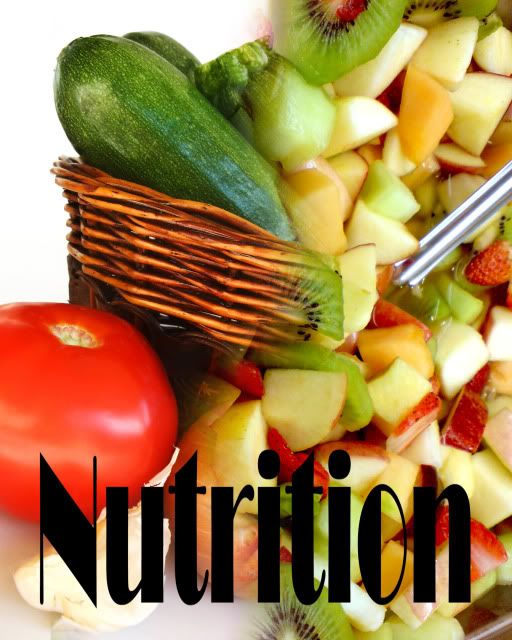 When I began this journey as a parent, the thought of nutrition had been simplified by the school feeding my daughter what I thought was less than adequate. However, as a single mother with all I could handle on my plate, I mistakenly had ignored the fact they might not be providing her with the right options. When her stomach was hurting her 80% of the time as an untreated Celiac, she would complain that her stomach always hurt after every school lunch. The enigma of why it hurt was dumbfounding to everyone in the family and her teachers. Obviously, the fact that probably 75% of their food was processed and therefore loaded with the belly-aching wheat was why.
When I began this journey as a parent, the thought of nutrition had been simplified by the school feeding my daughter what I thought was less than adequate. However, as a single mother with all I could handle on my plate, I mistakenly had ignored the fact they might not be providing her with the right options. When her stomach was hurting her 80% of the time as an untreated Celiac, she would complain that her stomach always hurt after every school lunch. The enigma of why it hurt was dumbfounding to everyone in the family and her teachers. Obviously, the fact that probably 75% of their food was processed and therefore loaded with the belly-aching wheat was why.After becoming gluten free, as a parent you really begin to take more notice of the complete nutrition needed for your child and the responsibility of being the one who provides it makes you invest quite alot more thought into their lunchtime fare.
So what exactly is a nutritious meal for someone with Celiac Disease comprised of?
The Vita Vega Min Break Down
Vitamin K
contained in green leafy vegetables like kale, collard greens, spinach, broccoli, brussel sprouts
Vitamin B
There are of course many forms of vitamin B
B2
also called riboflavin and is found in milk, meat, eggs, cheese and peas
B3
also called niacin and is found in protein rich foods like meats, fish, brewer's yeast, milk, eggs, legumes, potatoes and peanuts
B6
also called pyridoxine and is found in liver, meat, brown rice, fish, butter, and soybeans.
B12
necessary for digesting carbohydrates and is found in liver, meat, egg yolk, poultry and milk
B9
also called folic acid and can be found in yeast, liver, green vegetables
Vitamin D
There are very few foods naturally with vitamin D in them. These are: fish, egg yolk, liver, beef, and swiss cheese.
Studies show us that multi-vitamins are the only way to insure that your child gets the most of all these vitamins. This holds true especially because non-wheat flours are not fortified and the link between gastrointestinal disorders and lactose intolerance makes the usual fortified milk not an option either.
However, just because you are supplementing your diet with multi-vitamins doesn't mean you can just ignore the food aspect of giving your body what it needs. So here is a nutritional guideline as to how to get all those servings of good food into your system.
Nutritional and Diet Plan Guidelines
- Commit to consuming 4 - 6 small meals and snacks everyday.
- To succeed, you must plan ahead by packing your foods the night before. Thus, you should always have fresh and low-fat foods around.
- Keep it simple. Don't get too caught up on the specifics or your diet. Start by simply just counting calories.
- Eat your foods slower.
- Make healthier food selections like fruits, vegetables, whole grain cereals, and beans, low-fat or nonfat dairy products, low fat meats, fish and skinless poultry.
- Avoid foods that are high in fat and calories.
- Avoid foods that are high in sugars such as pastries, candy bars, pies and candy.
- Use a variety of fruits and vegetables in your nutrition plan. Start by trying to eat 5 total vegetable and fruit servings every single day.

And that my friends, is how you plan a nutritious meal plan for school lunches. Just a little food for thought because I refer back to it often.

No comments:
Post a Comment